Last Updated on October 11, 2021
At times, conflicting views are formed in relation to the worth of a particular aftermarket automotive modification. A prime example of this exact scenario relates to the debate which surrounds whether or not wheel spacers are safe for use.
While one faction states that wheel spacers are not only safe, but extremely useful, others feel strongly that wheel spacers are dangerous, and should never be installed on an automobile for any reason.
So, where does the truth lie, and which school of thought is most in line with facts regarding the matter? Read on to learn more about wheel spacers, and whether or not they are safe for use on your vehicle.
What Do Wheel Spacers Do?

Wheel spacers are used to widen a vehicle’s stance. This is done by creating additional space between each wheel position’s mounting flange, and the inner face of the wheel itself. In essence, each wheel is outwardly displaced by a distance equal to the thickness of the spacer that is used.
Wheel spacers are available in a variety of thicknesses, diameters, and bolt patterns. This makes it possible for nearly any consumer to locate a set of spacers that fits their specific application.
In many cases, the use of spacers requires one to purchase aftermarket wheel studs or lug nuts for proper thread engagement.
Wheel Spacer Benefits
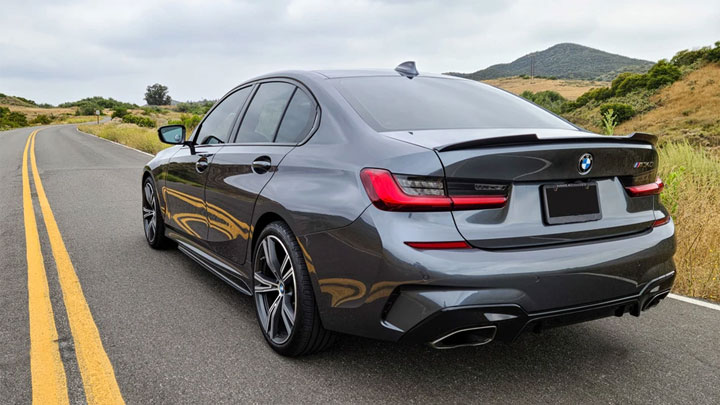
The use of wheel spacers creates greater wheel offset by increasing the distance between a vehicle’s wheels and their corresponding hub assemblies. Wheel spacers are utilized for a number of reasons, with those that follow being the most prevalent.
#1 – Improved Grip and Traction
The wider a vehicle’s wheelbase, the greater its grip and traction. Wheel spacers present the opportunity to increase an otherwise stock vehicle’s wheelbase for enhanced performance.
This is one of the single biggest reasons that wheel spacers are often used in racing situations.
#2 – Proper Wheel Fitment
With every passing year, an ever-increasing number of motorists shift their attention toward the use of custom wheels and aftermarket tires. When wheels of an improper offset are chosen for use, frame and suspension interference often results.
The use of wheel spacers is perhaps the easiest way to eliminate such fitment issues, especially in off-road or truck applications.
#3 – Increased Aesthetic Value
Many motorists choose to employ the use of wheel spacers on their vehicle in a bid to increase its aesthetic value. In many applications, a wider than stock wheelbase can be visually appealing, and offer an outwardly aggressive look.
Drawbacks of Wheel Spacers

Just as there are numerous pros to wheel spacer use, there are also select cons, which have led many motorists to avoid their use altogether. The following are the most common disadvantages associated with wheel spacer use.
#1 – Wheel Vibration
Vehicle manufacturers typically engineer each of their models to provide superior ride quality and driveability. This is accomplished by establishing optimal front end geometry, for each particular model.
Whenever any related angles and dimensions are modified, such as when using wheel spacers, excess wheel vibration can result.
#2 – Accelerated Component Wear
Factory wheel-end components are designed and tested to provide optimal service for the stock application in which they are used. However, the widening of a vehicle’s wheelbase leads to increased operational pressure on each of these components.
As a result, components such as bearings, axles, and hubs, often wear at an accelerated rate, beyond what would be expected when wheel spacers were not used.
#3 – Fender Interference Issues
While wheel spacers often remedy suspension and frame interference issues, they can also create fender interference issues in the process. When wheel offset is increased, and a vehicle’s wheelbase is widened, factory wheel-to-fender clearances are reduced. This can lead to tire rub or fender damage as a result.
Are Wheel Spacers Safe to Use?
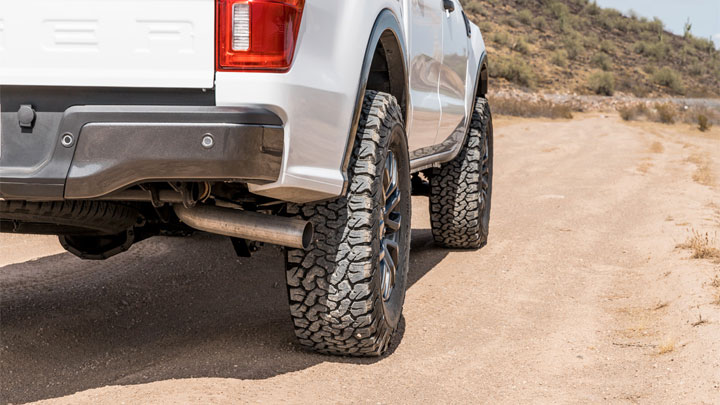
Because a vehicle’s weight is not sustained by its wheel studs, the use of wheel spacers is generally considered to be safe. A vehicle’s wheels are actually held to their corresponding hubs with a clamping force that is achieved through the tightening of each wheel’s lug nuts. This allows all force to be transferred through each of a vehicle’s hubs, and their corresponding axles.
Therefore, a vehicle’s weight is not cast upon any wheel spacer that might be installed. On the contrary, wheel spacers simply serve as an extension of a vehicle’s stock hub faces.
However, it is advisable to only purchase wheel spacers that have been produced by a reputable manufacturer, and that are constructed from billet aluminum.
Additionally, it is imperative that enough wheel stud remains exposed through the face of any spacer that is used, to allow proper thread engagement. This optimizes the above-mentioned clamping force.
Read Also: Are Wheel Spikes Dangerous?
Hub-Centric vs Lug-Centric
Wheel spacers can be designated into two categories, hub-centric and lug-centric. The differences between the two are as follows.
Hub Centric
Hub-centric spacers, much like hub-centric wheels, pilot to a mounting flange at the center of a vehicle’s hub. The corresponding wheel or spacer’s center hole diameter is an exact fit for this mounting flange.
When tightened down, the alignment between these two surfaces keeps a wheel or spacer centered on the hub. Hub-centric wheels or spacers do not require the use of conical-style lug nuts.
Lug-Centric
Lug-centric wheel spacers rely on the use of conically shaped lug nuts to center a wheel or spacer to its corresponding hub. A self-centering action takes place when such lug nuts are tightened, therefore no free space for misalignment exists.
One will also note that lug-centric hubs are void of a centralized mounting flange, and most wheels or spacers of this design have larger inside diameters.
Related: Lug Nut Sizes and Types
Wheel Spacer vs Wheel Adapter
While wheel spacers simply increase a vehicle’s wheel offset, wheel adaptors modify a vehicle’s bolt pattern. Wheel adaptors are often employed when attempting to utilize aftermarket wheels that vary from a vehicle’s stock bolt pattern.
For example, a wheel adaptor can be used on a vehicle with a 4-bolt pattern, when attempting to use 6-bolt wheels. Wheel adaptors also tend to provide at least some degree of offset, due to their natural thickness.
Do Wheel Spacers Affect Alignment?
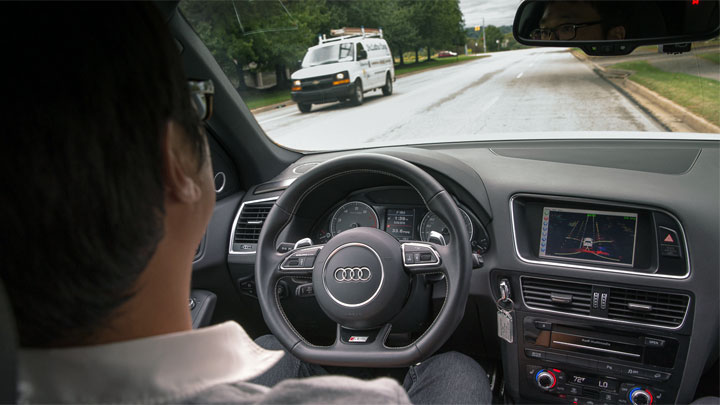
The installation of properly milled wheel spacers does not affect a vehicle’s alignment. This, of course, is only true if no adjustments have been made to a vehicle’s caster, camber, or toe adjustments for other reasons.
If you have simply installed a set of wheel spacers with no further modification, then your alignment will be unaffected, as you have simply moved your wheels outward.
Will Wheel Spacers Void Your Warranty?
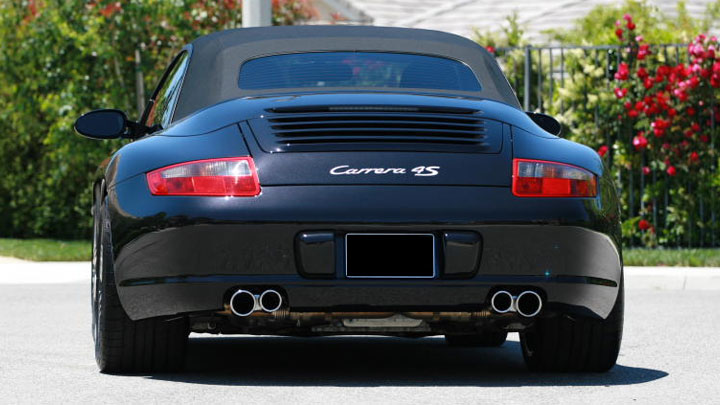
In many cases, the installation of wheel spacers can and will affect your vehicle’s warranty. However, in almost every instance, this only pertains to items that are prone to accelerated wear because of the use of wheel spacers.
For example, a dealership or manufacturer is quite unlikely to warranty a faulty unit bearing if wheel spacers have been installed. On the other hand, anything unrelated to spacer usage, such as engine related issues, would still be covered in a typical manner.
At the end of the day, the extent to which spacer installation affects your vehicle’s warranty is solely up to the discretion of the dealership that is visited, and the specific vehicle manufacturer.

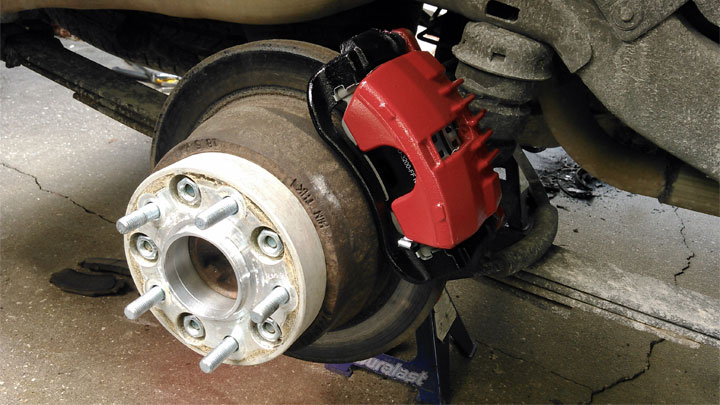
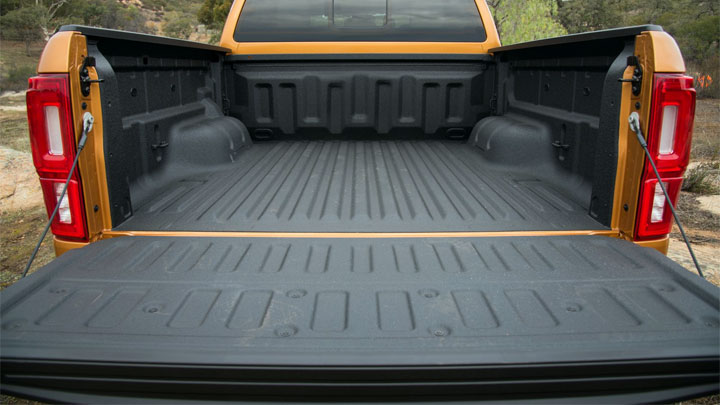


I’m scared…I don’t want to die in a rollover 😭
Do lots of research if you are considering wheel spacers for your vehicle. Generally it’s difficult to roll a vehicle that is wider than it is tall, unless you go off the road and “trip” over an object, where the wheel gets stuck while the vehicle is sliding laterally.
Hi just put some capiller covers on my 2021 Dodge Durango and need 1/4 inch spacers is that ok
I ran hub-centric 30mm wheel spacers on my rally prepared Freelander 1 for 7 years with no adverse affects . I’ve also had 25mm spacers on my Freelander 2 for the last 3 years with nothing to report.
That sounds pretty cool. What type of rally did you do?
Hi are the freelander 2 spacers hub centric or non centric?